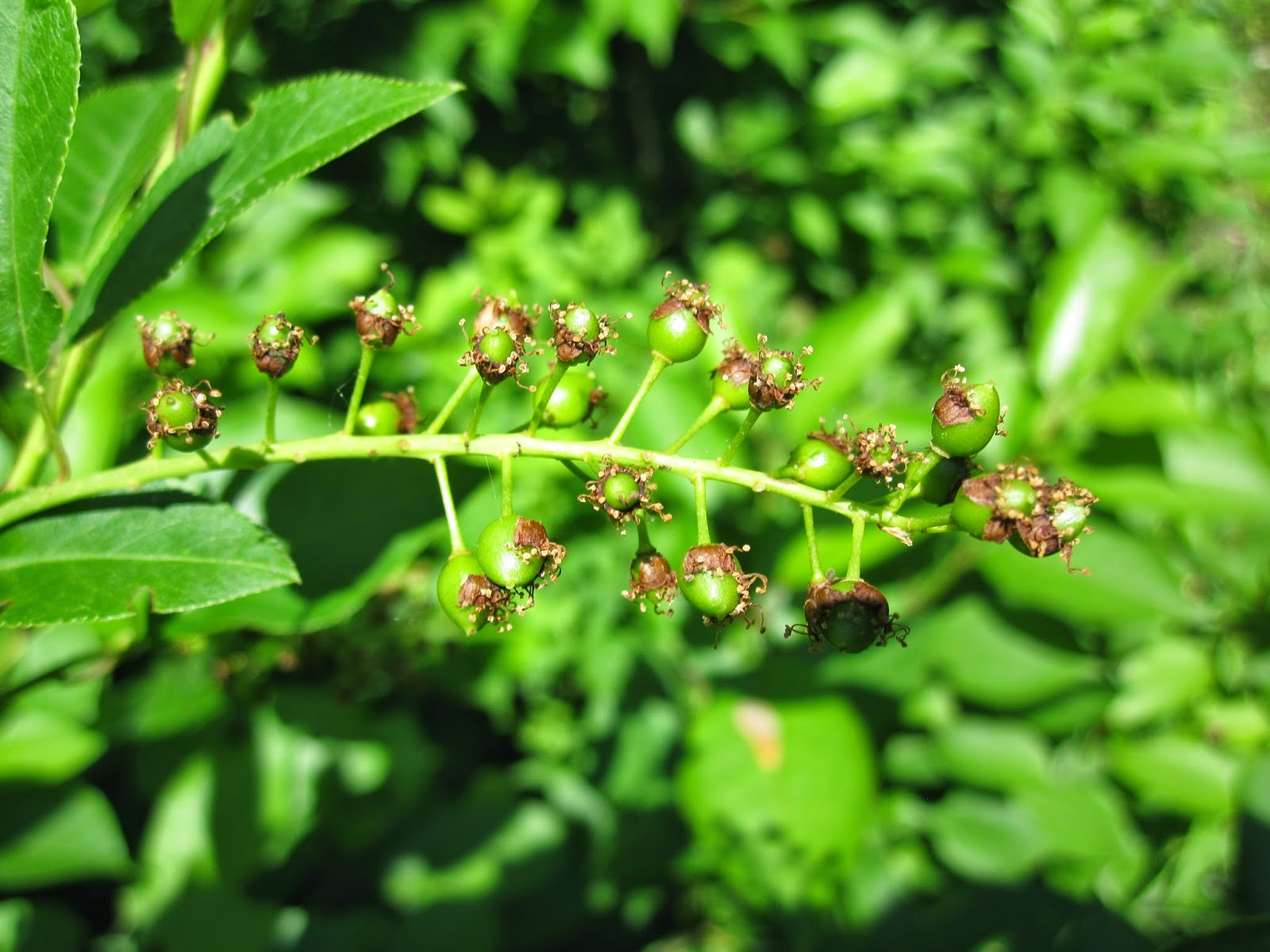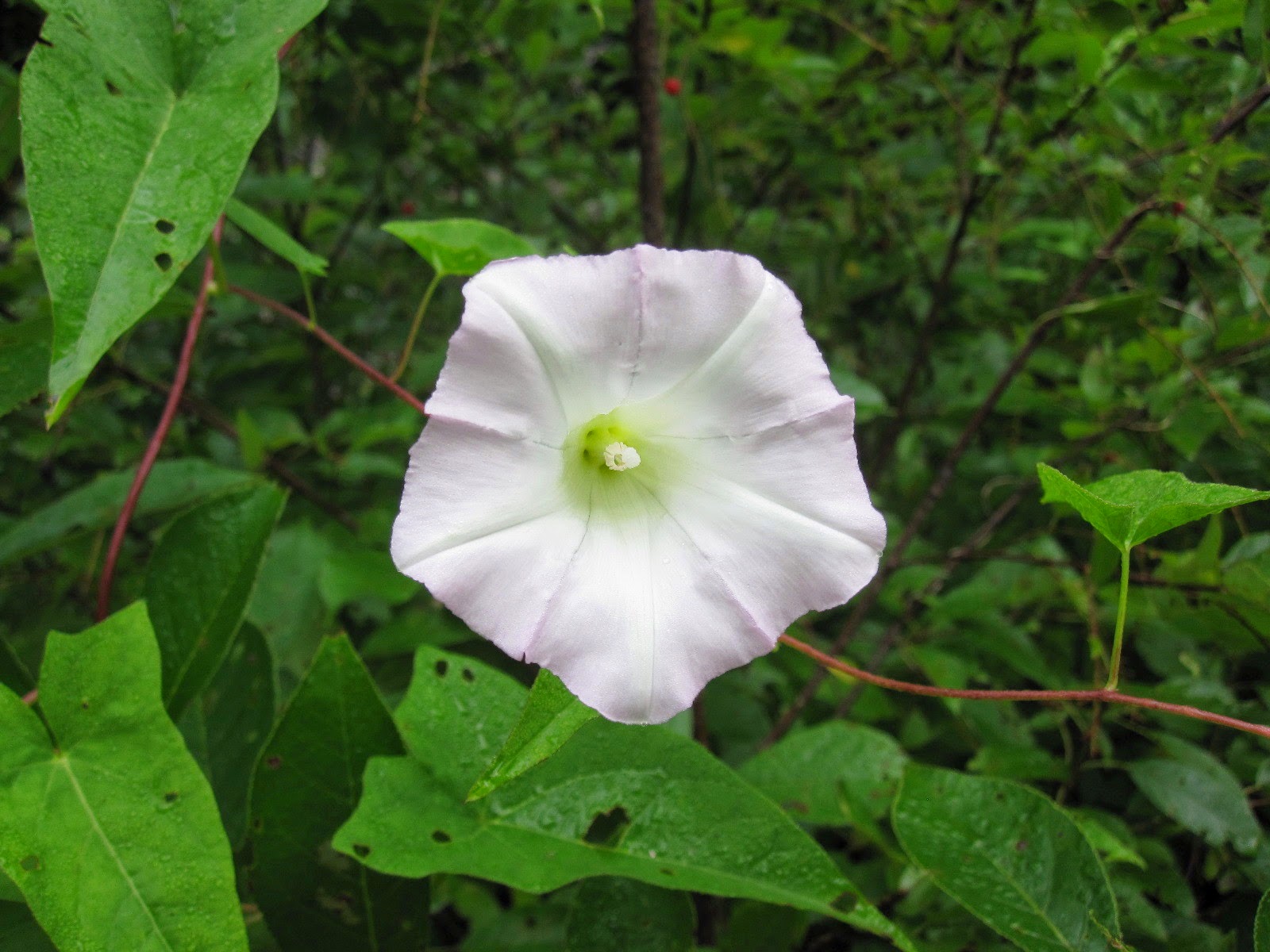I noticed a hole the size of a basketball in the ground about six feet off a trail; I went to determine the explanation. A foot or two from the cavity was a honeycomb shaped segment of a hornet's nest, which told the story.
 |
| Wood-fiber nest of the Yellow Jacket |
Around the hole were more squashed pieces of the nest, and lining the hollow were layers of paper built to form the nest.
The calling card left by the perpetrator further cemented the conclusion.
 |
| Bear Scat |
A Black Bear had discovered a yellow-jacket nest and decided to make that its lunch. I can't image how tough a bear must be to submit itself to the torment of an entire, large hornet's nest just for a meal. There could have easily been several hundred yellow jackets stinging the bear, especially its face and snout. But it just toughed it out in order to get a protein filled meal of larvae, eggs, and even some wasps.
The following day there were still a few determined yellow jackets investigating the ruins of their former home.
 |
| Searching the Remains |
After another day they had all abandoned the site.
I had noticed that there have been more yellow jacket wasps this year than usual - both in the wild and around our picnics! The Golden Rod is in full bloom right now, and this appears to be a popular feeding plant for them.
 |
| Yellow Jackets on Goldenrod |
I suppose they are fattening up too, even if only to feed the bears. I count six wasps in the picture above - plus another small fly. This perhaps explains the yellow jacket's color scheme, as they are well camouflaged in the golden rod.
I would have previously called this a bee's nest, but this scene inspired me to read up a bit on bees, and I learned that yellow jackets, as well as paper wasps, are wasps. (Hornets are a subset of wasps.) Wasps are predators, with smooth and slender bodies, and the ability to sting repeatedly. They will eat pollen, but more often eat sugary plants like overripe fruit, and will kill other insects by stinging them and then feeding their prey to their young in the nest.
Bees on the other hand - honey bees and bumble bees for example - have fat, hairy bodies and legs which are efficient at collecting and storing pollen. They also have barbed stingers which cause them to be pulled out of their bodies after stinging something.
Also on this walk I saw several spider webs glistening in the morning dew, as the spiders are also enjoying the harvest season.
 |
| Two-story Spider Web |
 |
| Water Droplets on the Web Filaments |
Farther along, beside a marsh, I saw hundreds of these webs.
Had I not seen a few close up I wouldn't have known what these white objects dotting the marsh are.
If you've been following the Osprey tracking site you know that two of our local osprey have left on their trip to South America. But there is at least one still hanging around Lake Wicwas, and it is also fattening up on the local food supply.
 |
| Osprey with a Mid-Afternoon Meal |
The shorter days and cool nights are wringing water out of the humid air over the lake in the mornings, and bringing the sunrise back to when it can yet again be observed at a decent hour.
 |
| Morning Mist |
Only a few weeks to the equinox now.
 |
| Sunrise over Lake Wicwas |























.JPG)






















